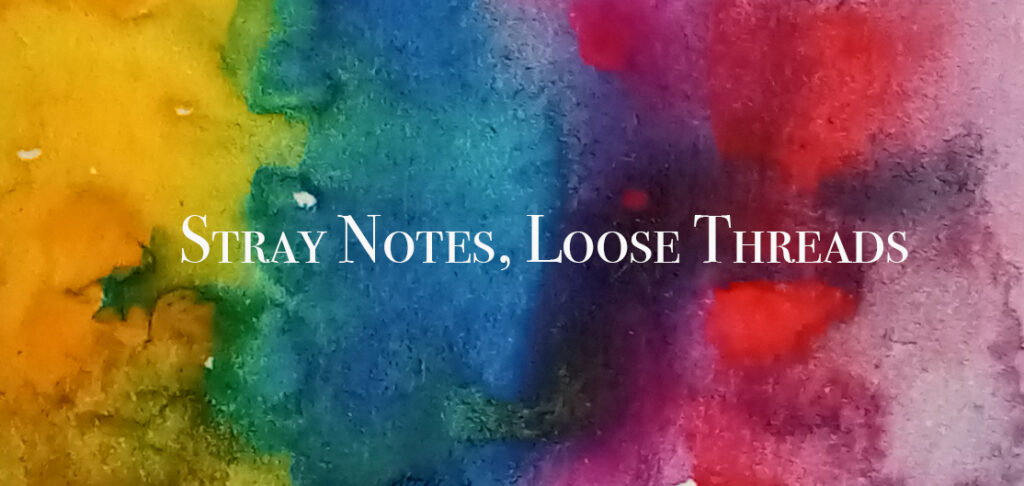Tag: textiles
-
Slow Violence: Anna Madeleine Raupach
The Australian artist, Anna Madeleine Raupach, uses textiles and textile techniques to explore social, political and cultural aspects of today through science and technology. In the series, Slow Violence, the artist has used thermal blankets, used in emergencies, to depict maps of the devastating fires in the Blue Mountains of Australia. Embroidering through the blankets…
-
Max – the 8 year old fashion designer
A fascination with fashion sometimes strikes at an early age. Meet Max Alexander, who, at age eight, has become an Instagram star. Having started to post on Instagram so that his grandparents could stay in touch during Covid, Max has a following from film stars and designers. It is never to soon to follow a…
-
Wool in the world
As the studio in Māwhera Greymouth gathers speed – pictures to follow soon – so the hunt for wool yarns continues. Wool in Aotearoa New Zealand used to be Big Business. It still is sizeable but is nowhere near as successful as it used to be. Part of that problem is the rise of artificial…
-
This week’s Spotify playlist
Each week the blog is accompanied by a Spotify playlist of pieces that are somehow connected to the entries. To listen to the playlist you can click on the player above or search for “Music to read a blog by” on the Spotify platform. If you have a paid subscription you will hear all the…
-
The lace of Rowan Panther
Rowan Panther is an artist who works with muka to create beautiful lace pieces that reference her Samoan, Irish, English and Prussian heritage. Muka is made from harakeke/ New Zealand flax. The threads are stripped from the leaves of the plant with the aid of a mussel shell and when they are washed they offer…
-
Tau Lewis
Tau Lewis is a Candian artist who lives in the United States where her first solo show in the country has opened. Using textiles and found objects Lewis has created a mythological world, populated by huge figures surrounding a quilt with a starfish at its centre. Spirit Level is monumental storytelling; an exploration of materials…
-
Friedrich Hundertwasser in Aotearoa
The Austrian-born architect and and artist, Friedrich Stowasser, popularly known as “Hundertwasser”, a pseudonym, moved to North New Zealand in the 1970s where he lived and worked for the rest of his life. Known for his bright colourful works, for his stance against rigidity, and for embracing a life that included nature, Hundertwasser left a…
-
This week’s Spotify playlist
Each blog is accompanied by a Spotify playlist, a curated list that refers to articles on the blog. Sometimes the audio has an obvious connection, sometimes it is more oblique. To listen click on the player above. Paying subscribers will be able to hear all the audio uninterrupted. Those with a free subscription will hear…
-
The joyful art of Maungarongo Te Kawa
The Māori artist, Maungarongo Te Kawa, uses an array of techniques and materials to create fabulous, marvellous and wonder-filled quilts. “Ron” Te Kawa uses fabrics to convey messages to uplift, explore and explain his world. He recently undertook a residency in Norway; his words speak for themselves. Maungarongo Te Kawa was a keynote speaker at…
-
Sheridan Keith
Sheridan Keith owns the Blikfang (Danish for “eye-catcher”) Gallery in Auckland and is an author, a broadcaster, an artist, a collector and a curator. The youngest daughter of June Black, Keith studied zoology and English Literature at Victoria in Wellington, and lived in London for a decade. Upon returning to New Zealand she took up…
